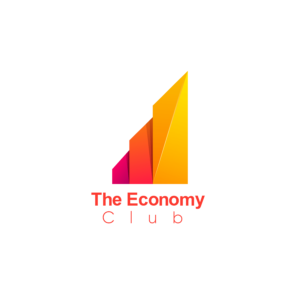Home prices in the US rose by an annual rate of 19.1 percent in October, compared to 19.7 percent in the previous month, according to the S&P CoreLogic Case-Shiller US National Home Price NSA Index.
The situation was similar for the 10-city and 20-city indexes as their growth rates decelerated in October when compared to September’s level.
Phoenix, Tampa and Miami experienced the highest yearly hikes, calculated at 32.3 percent, 28.1 percent, and 25.7 percent, respectively, S&P Dow Jones Indices said.
“In October 2021, US home prices moved substantially higher, but at a decelerating rate,” Craig J. Lazzara, managing director at S&P DJI, said. However, he added that “October’s 19.1 percent gain in the National Composite is the fourth-highest reading in the 34 years covered by our data.”
The top three were the prior three months.
South Korea’s businesses
South Korea’s Business Survey Index – which covers business conditions in the country’s manufacturing sector – rose by five points from a month ago to 95 in December, data from the Bank of Korea showed.
A BSI reading of 100, equivalent to the benchmark, implies that the number of firms whose responses were positive was equal to that of the negative ones, while a reading above 100 indicates the number of firms responding positively has been higher.
In the previous three months, the index was steady at 90 points.
In particular, the profitability sub-index went up by six points to 85 in December.
On the other hand, the corresponding index for business conditions in the non-manufacturing sector edged down by one point to 82 in December.
Additionally, the country’s Economic Sentiment Index – which is the composite indicator for both the BSI and the Consumer Survey Index – was down by 1.7 points from the prior month to hit 104.6 points.
Russia’s manufacturing sector
Output growth among Russian manufacturing firms was relatively moderate in December, according to IHS Markit.
The Purchasing Managers’ Index for the manufacturing sector was recorded at 51.6 in December, little changed from the previous month’s 51.7. This is the third consecutive month in which the sector experienced expansion.
“The Russian manufacturing sector signalled relatively steady growth in output and new orders at the end of 2021. That said, pressure on capacity waned again and job creation slowed,” Siân Jones, senior economist at IHS Markit, said.
He added that the rise in costs was the highest in five months due to transportation and logistics problems. Yet, steady demand helped firms overcome these increases.
Retail sales in Argentina
Argentine retail sales went up by an annual rate of 305.9 percent in October, according to the country’s official statistics agency.
This was driven by higher sales of food and toys which increased by yearly rates of 446.8 percent and 389.9 percent, respectively. Clothing shopkeepers also experienced a 374.9 percent hike in their vending.
Global remittances to bounce back by $34bn: Macro snapshot

